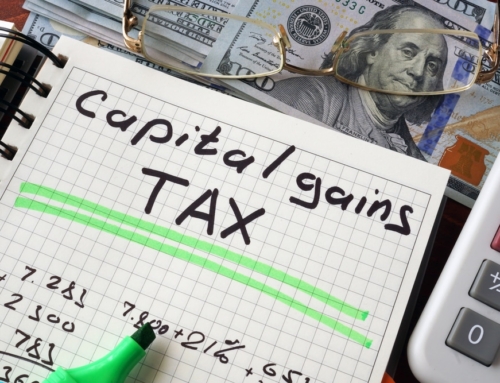If you owe money to the IRS, the agency could file a tax lien against you. A tax lien is a legal claim to all of a taxpayer’s property for the amount that taxpayer owes the IRS. It establishes priority rights against other creditors that might also have liens against the taxpayer’s assets.
In addition to putting your property at risk, a tax lien can also be listed in your credit file, along with other public records such as judgments and bankruptcies. A paid or released tax lien can remain on file for seven years from the date released or 10 years from the date filed. Unpaid or unreleased tax liens remain on file for 10 years from the file date.
Having a tax lien on your credit file can negatively impact your credit score, and a credit score that is considered poor can make it difficult to obtain a loan.
How much or how little your credit score will be affected by a tax lien depends on a variety of factors, including other items listed on your credit report and your credit behavior. Additionally, each credit reporting agency (CRA) has its own scoring model and may calculate your credit score differently.
If I can’t pay my taxes, how can I avoid a tax lien?
The IRS Fresh Start program makes it easier for taxpayers to pay back taxes and avoid a lien if the balance due is less than $10,000. (The IRS does note that, “when circumstances warrant,” the agency may still file a lien on amounts less than $10,000.) The program also makes it possible for taxpayers to avoid liens by establishing an installment agreement with the IRS, paid monthly through direct debit payments. If you owe less than $50,000, you can pay the debt back monthly over a period of six years (72 months or fewer).
You can also consider using a credit card or a loan to pay what you owe because the combination of interest and penalties charged by the IRS is usually higher than the interest and fees charged by a financial institution. The IRS charges an interest rate equal to the federal short-term interest rate plus 3 percentage points.
For example, if you can get a credit card with a 0 percent interest rate for an introductory period and pay off the taxes within that time period, you could wind up paying no interest on your back taxes. If you own a home, you could also consider taking out a home equity line of credit (HELOC) to pay off the tax debt. When the HELOC is less than $100,000, you might be able to deduct the interest when you file taxes.
Is there any way to remove a lien from my credit file?
There are some instances in which you may be able to have a lien notice withdrawn from your credit file. You may be eligible to have the notice withdrawn if the IRS didn’t have its paperwork in order before filing the notice; if you’re paying off your lien in installments (depending on your repayment plan); if withdrawing the notice will make it easier for you to repay the tax debt; or if withdrawing the notice is in the best interests of both the government and you.
Note: If the IRS withdraws the public notice of the lien, this does not absolve you of your responsibility to repay the debt.
To request a lien notice withdrawal, you’ll need to fill out Form 1227. Note on the form which parties should be notified of the withdrawal, including the CRAs, your creditors, and other financial institutions.
The IRS has ways of working with you. For example, the agency will allow either a discharge of property or subordination. A discharge will remove the lien from a specific property in order to let you sell the property. Any cash received from the transaction will go toward your tax bill. Subordination will not remove the lien, but it can make it easier for you to refinance your mortgage, which could then lower your monthly payments and make it easier for you to repay the IRS.
Eva Rosenberg, EA is the publisher of TaxMama.com ®, where your tax questions are answered. She is the author of several books and ebooks, including Small Business Taxes Made Easy. Eva teaches terrific courses that might help individuals and small businesses at CPE Link.






